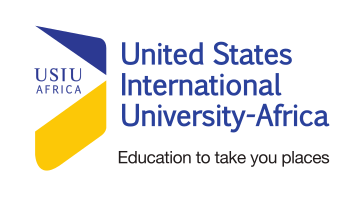The Network Of Impact Evaluation Research In Africa (NIERA) Hosts Workshop To Discuss The State Of The Creative Economy
By Jemima Oloo
The Network of Impact Evaluation Research in Africa held a stakeholders’ workshop program on Wednesday to address the state of the orange economy in Kenya.
The convening drew participants from the national and county governments, institutions of higher learning, private sector practitioners and the youth among others.
The Dean School of Graduate Studies, Research and Extension, Professor Amos Njuguna highlighted key areas to consider to solve the pertinent problem of unemployment amongst the youth and especially those in the creative industry.
The growth rate of the creative industry in Kenya, according to the Kenya Institute for Public Policy Research Analysis (KIPPRA) indicates significant growth in arts, entertainment and recreation sectors. However, growth in the arts and entertainment sector has been seen to take a downward trajectory whenever the country faces national or global disasters such as COVID-19.
According to Prof. Njuguna, it is imperative to highlight the issue because young people are three times more likely to be unemployed, especially young women, persons with disabilities, refugees and those in rural areas. This is in spite of the many interventions that have been done, current interventions are short term, focusing on direct delivery. It is important to note that over 800,000 young people join the market every year.
The challenges facing the creative industry
County Executive Committee Member Public Service, Administration, Youth, Gender, Social Service and Sports, Mombasa County Mr. Kenneth Ambani speaking as a longtime creative in the industry linked the lack of formal education in the Kenyan Curriculum as being the first stumbling block for creatives.
“Most of us have learnt our crafts on set,” Mr. Ambani explained. “The gap is that there is no formal education, leading to the rise in cartels in the industry.”
Other challenges raised include access to finance, access to market, weak policy support from the government, business registration permits, decreasing demand or increased competition and tax administration.
The creative industry experiences numerous social economic disadvantages, cultural barriers and poor policies: poverty, the disjoint between the education system and the creative industry, limiting beliefs on content creation, complex bureaucratic systems and limited training.
Additionally, creators encounter frustration in the creative industry, the sector is plagued with informality, especially in terms of informal contracts and payments. Other issues that creatives face include breach of contracts, underpayment and piracy. On top of this, creators have to deal with unsustainable careers in the creative space due to poor remuneration, the inability to grow their brands and low endorsements by brands.
Despite the aforementioned challenges, there is light at the end of the tunnel for content creators: there is a rising demand for content and content diversity. Kenya has the most improved technology in East Africa, in addition to regulatory quotas which state that local content has to make up for 40% of what is broadcast on TV and radio. The significant rise of internet users is a game changer for creatives since it widens their audience.
Professor Njuguna opened up the floor for informative discussions on how to design sustainable programs in the creative industry that create jobs directly and indirectly in order to improve and upgrade existing talent that matches current market demand with supply.
